Ilmatar's trips 2018-2021
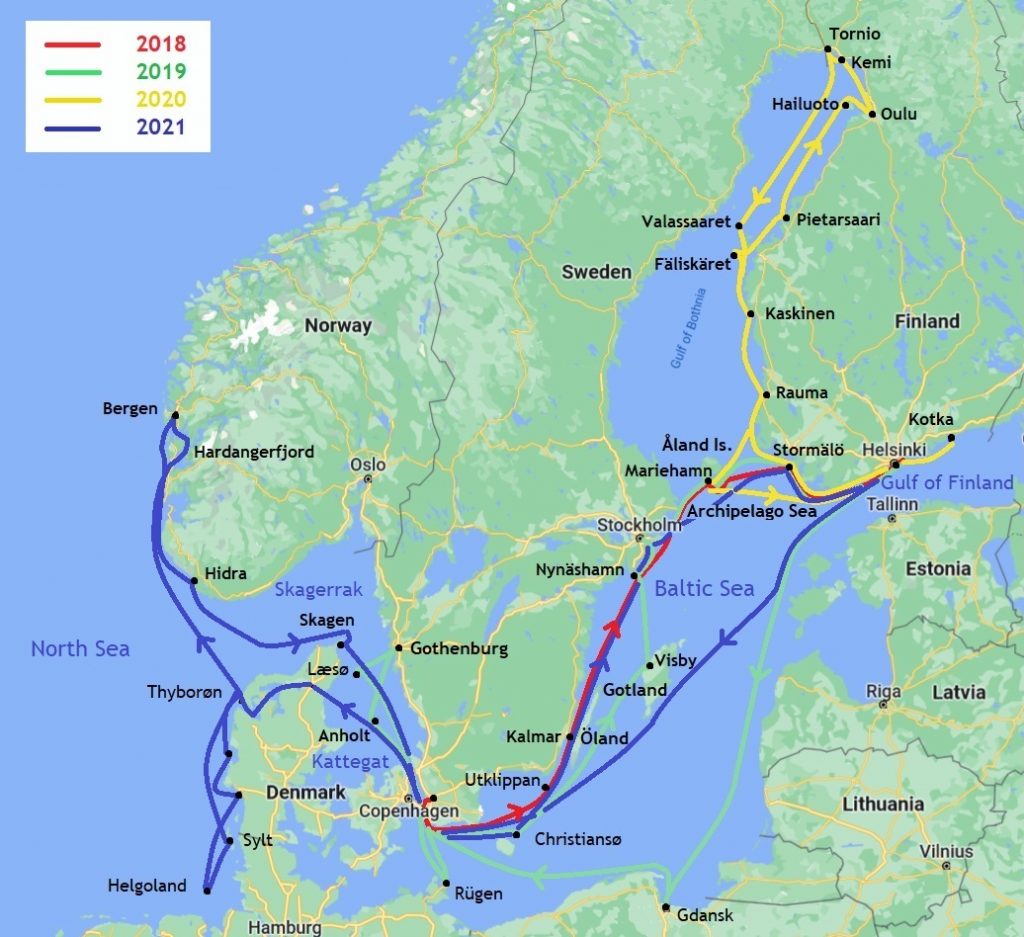
The area of these sailing trips we happily call our home waters. First of all, it’s the Baltic Sea. It’s quite unique due to the vast archipelagos of myriad skerries that spread out on the coasts of Finland and Sweden.
A belt of skerries also passes Helsinki. It follows the northern coast of the Gulf of Finland, the easternmost arm of the Baltic Sea, offering some fine cruising destinations even close to the capital.
One such natural harbour is the small island Långholmen south of the town Porvoo. Situated only 15 nautical miles away from Ilmatar’s home port, it’s used by the sailors of the yacht club Marjaniemen purjehtijat.

Some 75 nautical miles from Helsinki to the west begins the Archipelago Sea. Extending from the Hanko Peninsula in the east to the Sea of Åland in the west, it constitutes the largest archipelago in the Baltic Sea. Depending on the chosen route, the sailing distance from Hanko to the westernmost skerries of Åland is around 135 nm.
There are approximately 50.000 islands, skerries and rocks in this area. Fortunately, one also finds well marked fairways leading safely between the hazards.
It is possible to enter the archipelago from the Northern Baltic Sea along fairways only by Mariehamn, Kökar, Utö or Hanko. But once you are in, there are countless possibilities for cruising.

The belt of barren rocks closest to the open sea doesn’t give much shelter, but many islands still offer safe harbours and anchorages.
Even here, nature varies greatly. The steadfast little village on the rocky Utö is wholly exposed to the weather, while the adjacent skerry group Kökar (part of the Åland Islands) is characterized by peaceful rural landscapes.
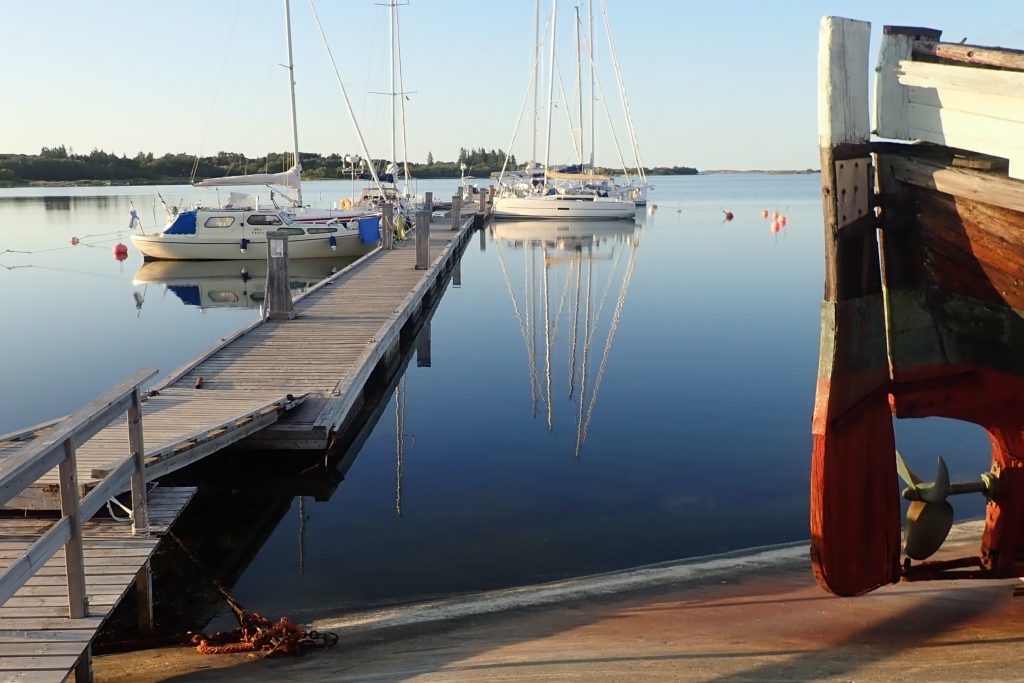
An exceptional cruising destination among these southern outposts is Jurmo. As an extension of the large ridge system Salpausselkä crossing southern Finland, it’s an island composed of terminal moraine.
The mixture of moraine fields and low-lying moors covered by heather and short junipers gives Jurmo its distinctive atmosphere.
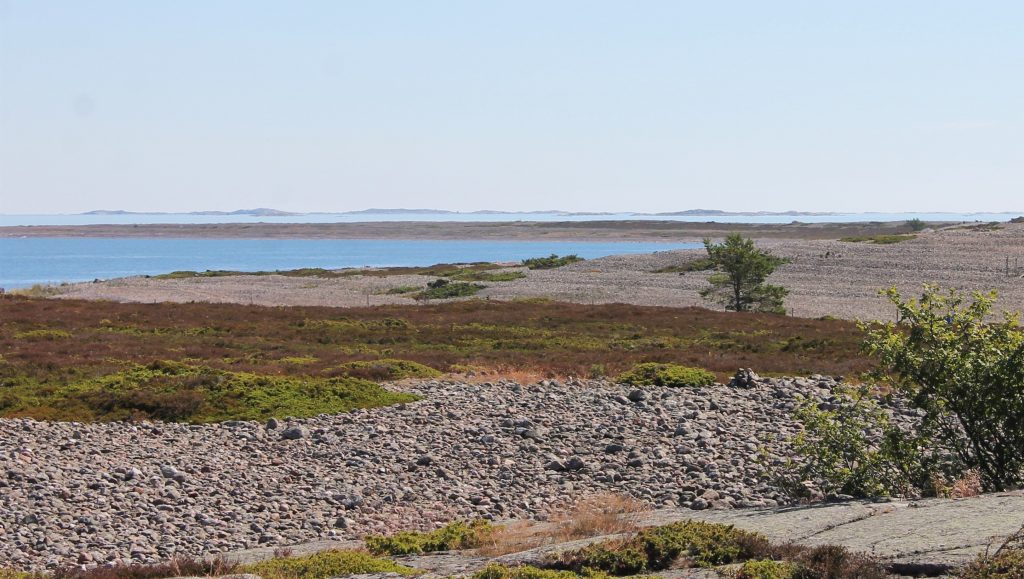
Inside the outer belt of densely located rocks, there are relatively large areas of open sea with sparsely dispersed, forested skerries. Here, the sailor has a good chance of finding a solitary anchorage.
The prevalent anchoring technique is to deploy a stern anchor and to moor bow-in to a usually rocky shoreline. The bow lines are tied to a tree or rock, or to a special nut adjusted into a crevice. In popular places one can even find metal rings set into rocks.

Many skerries are inhabited and there are a lot of summer residences. However, the jokamiehenoikeus, everybody’s right to roam, guarantees the right to enjoy the nature also on private land.
In addition to marinas, some old villages as well as fisher’s piers offer good mooring opportunities in beautiful surroundings. But wherever you sail or anchor in this world composed of water and splinters of land, it’s a question of the magic of being so detached from everything.
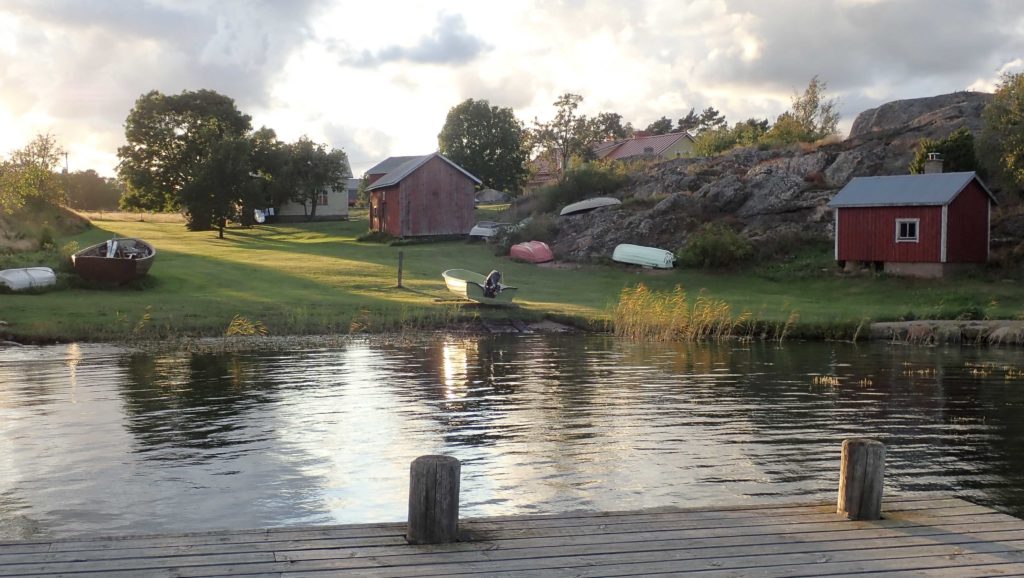
The bigger islands in the inner archipelago like Nauvo, Korppoo and Houtskari, as well as the main islands of Åland, are characterized by forests and rural sceneries with fields, meadows, and pastures.
Here, the sailing routes are more sheltered. Farms and private buildings abound, but one can still find natural harbours, often with a small pier and mooring buoys for stern lines. Bigger marinas, like the one in Nauvo, offer good services with shops and restaurants.
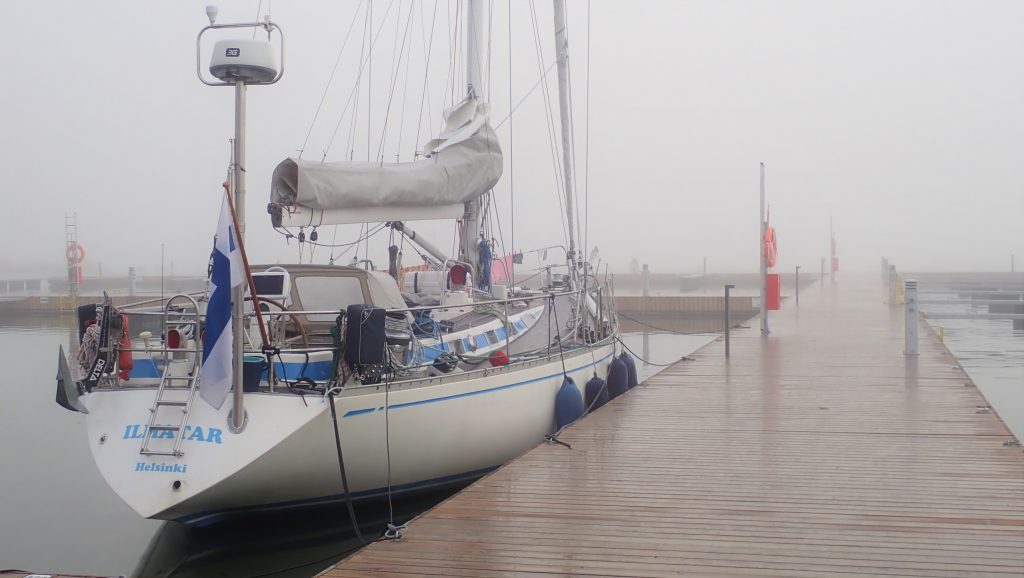
The most popular service in harbours big or small is the sauna. Preferably it is situated in a place where you can also cool yourself by dipping into the sea.
For a Finn, a Saturday evening in the archipelago would be quite unimaginable without at least a distant smell of the smoke hovering from the chimney of a sauna.
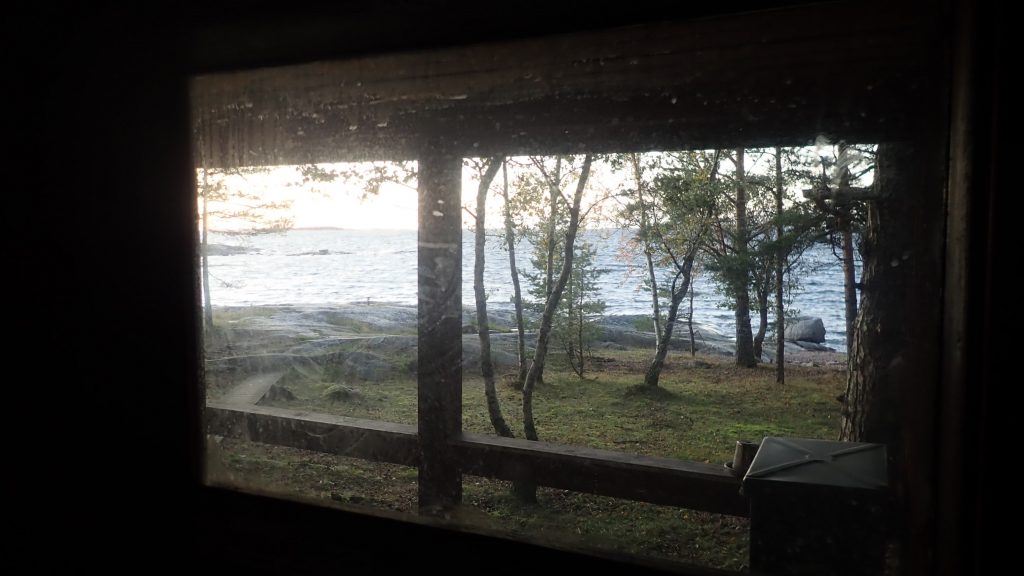
From Utö, the southernmost inhabited island facing the Baltic Sea, to Isokari in the northern extremity of the Archipelago Sea, the shortest sailing distance is 65 nautical miles.
The big red-and-white Isokari lighthouse stands by the open Gulf of Bothnia. It reaches 320 nm up north to the Sea Lapland.
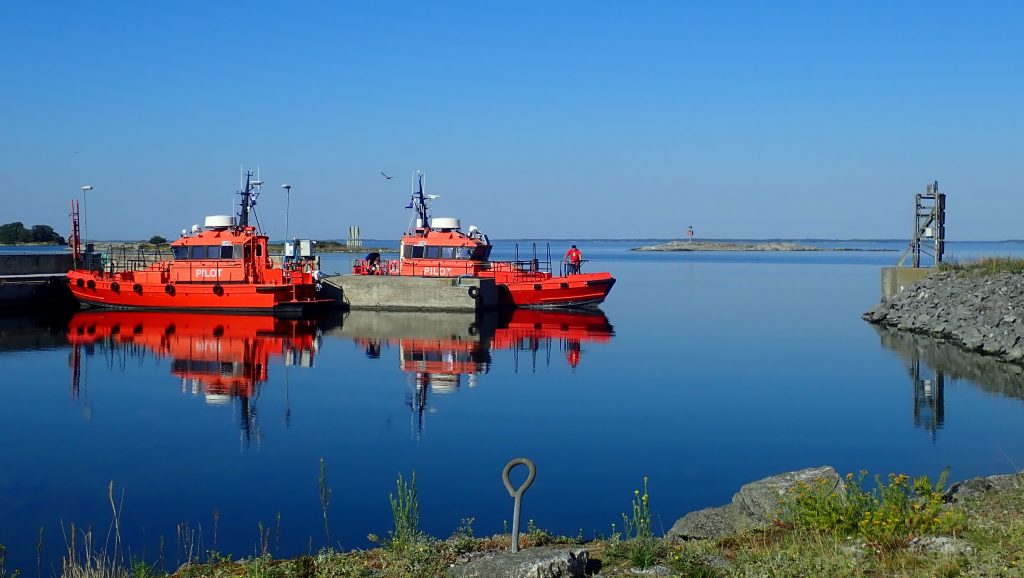
On the narrowest and shallowest point of the Gulf of Bothnia, approximately in the middle where the distance between the Finnish and Swedish mainland is less than 40 nm, lies the Quark Archipelago.
It’s an exceptional area of low skerries with rich flora and fauna. Due to strong land upheaval, one can see virgin shores and newborn coastal meadows encircled by bare, rocky shores.
In the northeast, the archipelago reaches to Pietarsaari (Jakobstad in Swedish), the hometown of the Nautor boatyard since 1966.
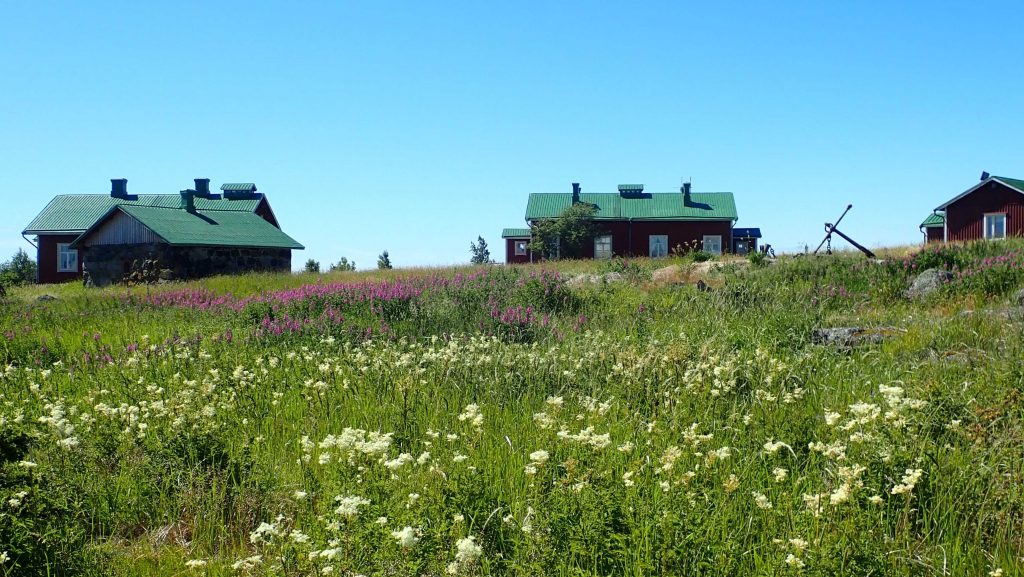
The only bigger island in the northern Bothnian Bay is the low, sandy Hailuoto. From there, it’s only a short trip to the remote coastal waters of the Sea Lapland, where you will probably sail with very few other boats in sight.
As it’s already rather close to the polar circle, the nights are wholly bright during the cruising season until the beginning of August.
The northernmost point on the coast of Finland to reach with a sailing boat is the mouth of the Tornio River, 65˚ 48,5’ N; 24˚ 09,1’ E.
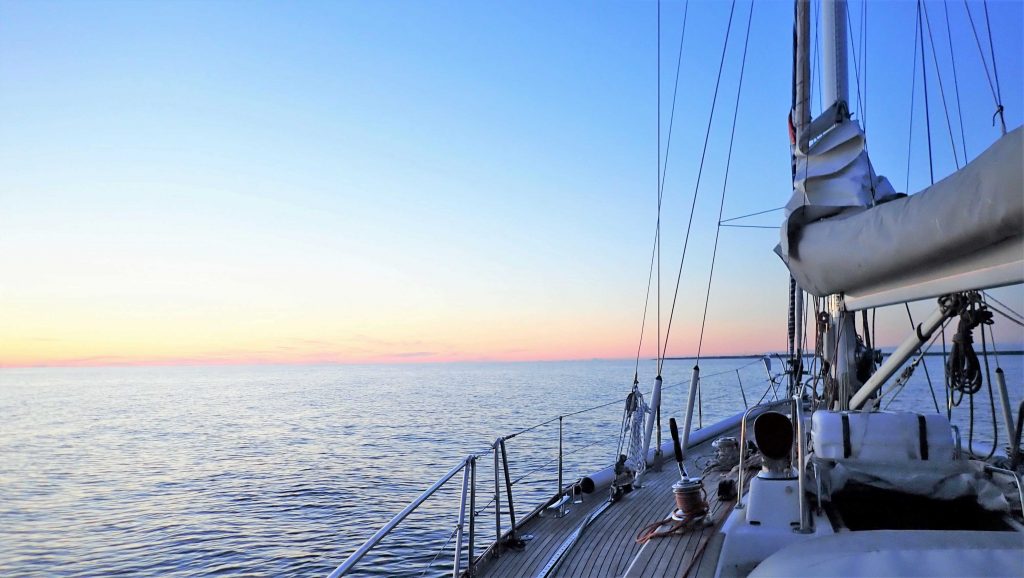
Sailing from the Archipelago Sea to the west and crossing the Sea of Åland (24 nm from Mariehamn), one enters the Swedish waters at the northern extremity of the the Stockholm Archipelago.
From the cozy Arholma harbour in the north, there is some 85 nm sailing distance to the barren and exposed Landsort in the south.
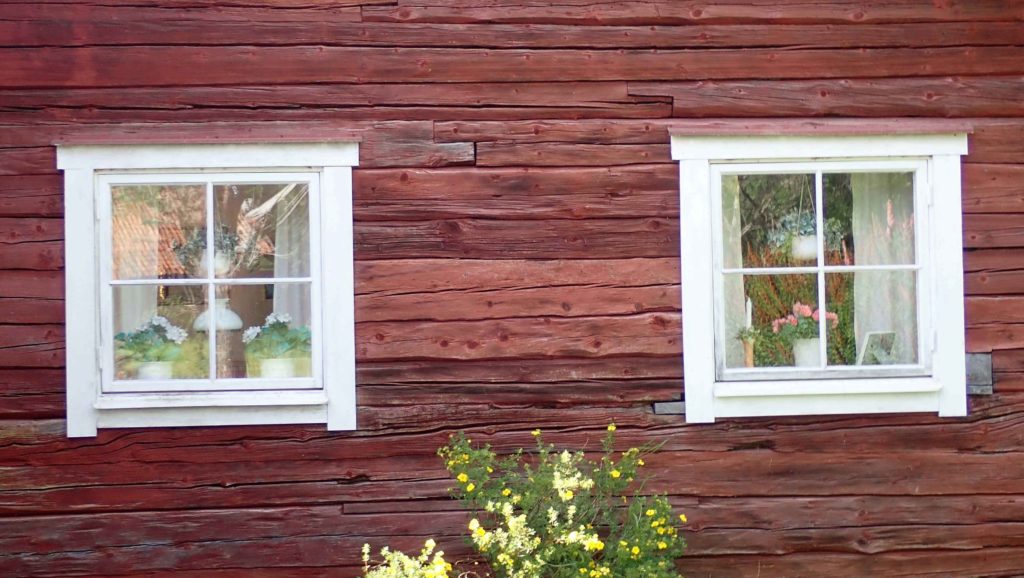
Compared to the Finnish skerries, the islands are in the average characterized by more clear-cut shorelines with steeper slopes. Consequently, there are more natural harbours with good shelter.
On the other hand, there are also more sailing boats cruising a smaller area, so anchorages tend to become crowded during high season.
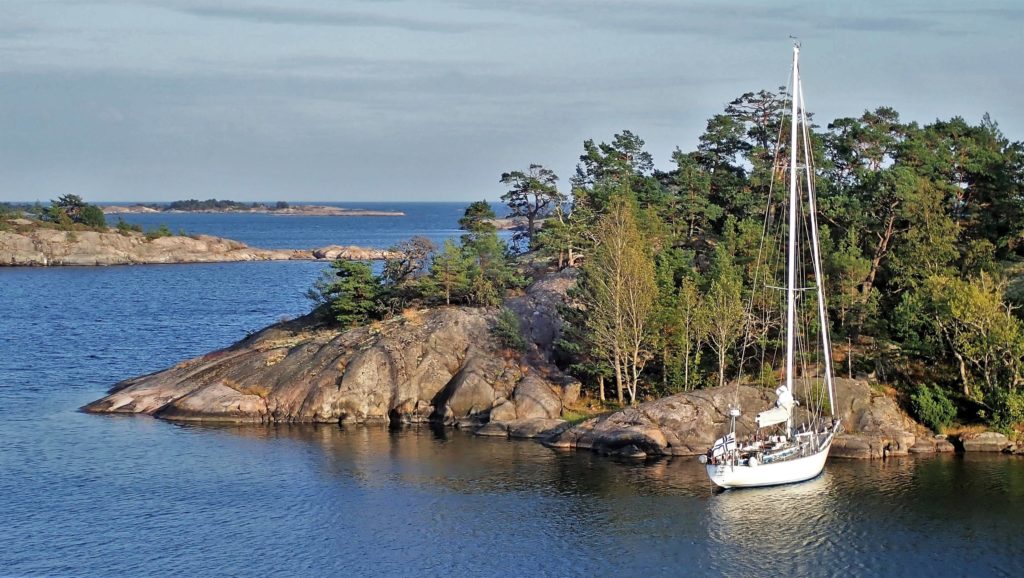
One finds more space in the wild outer archipelago, but it is quite exposed to the weather especially in its northern part. Dense, splintered skerry groups like Stora Nassa are popular as they offer many sheltered coves in more remote waters.
In the southern part of the Stockholm Archipelago, outside the bigger islands Nämdö, Orno and Utö, it is easier to find safe anchorages also in the magnificent surroundings of the out skerries.

The Stockholm Archipelago is more densely populated than its Finnish counterpart, the Archipelago Sea. Lively villages offer good services, fancy villas abound, and there are frequent ferry connections everywhere.
If one is looking for more remote cruising areas, one may also head south. A narrow belt of beautiful skerries follows the east cost of Sweden (Ostkusten) almost down to the Kalmar Strait.
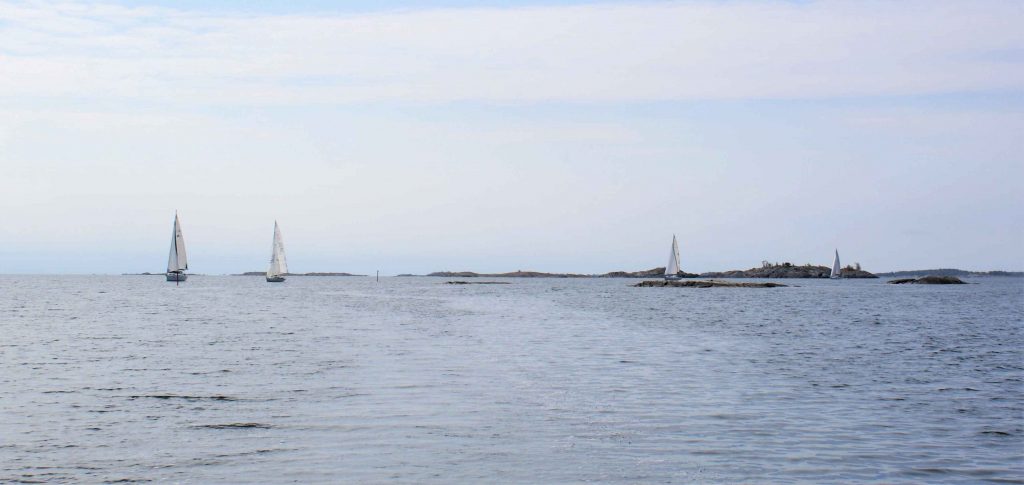
In the middle of the Baltic Sea lies Gotland. With its limestone cliffs radiating in sunlight, the island arouses the feeling of a more southern climate.
The two small islands on its west coast, Stora and Lilla Karlsö, are known for their bird life and large colonies of guillemot and razorbill.
The medieval town Visby, 260 nm away from Helsinki, offers a charming place to stop over either after or before the crossing of the Northern Baltic Sea. Walking the promenade and watching the sunset over the open sea, one realizes that this is something wholly different than the archipelago.
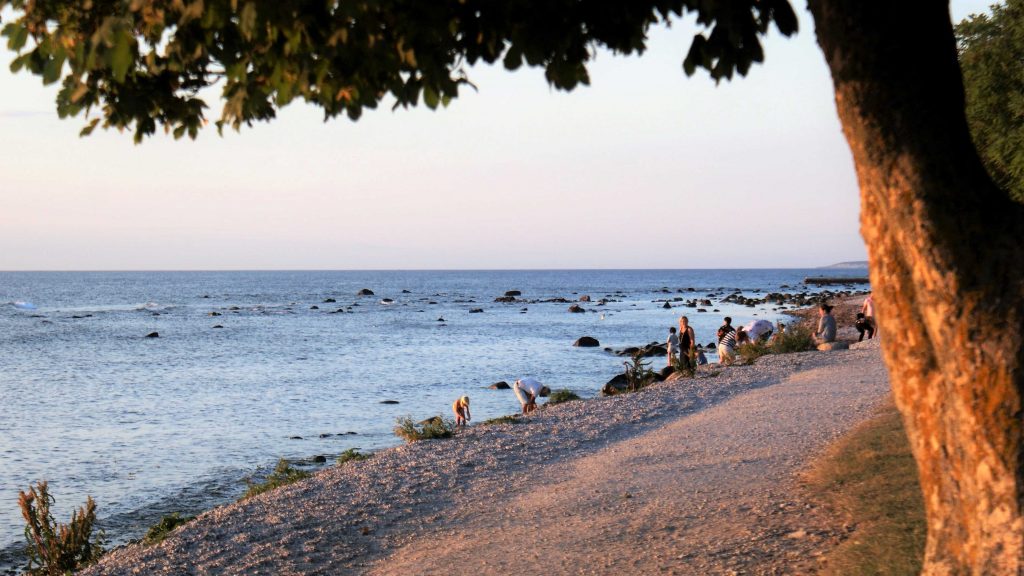
The Kalmar Strait, which runs between the 78 nm long, narrow Öland and the Swedish mainland, is a sheltered sailing route in bad weather.
In the middle of its northern part lies Blå Jungfrun, the Blue Maiden. The high, rocky island constitutes a stark contrast to the low-lying Öland. In good visibility it can be seen as a hazy blue figure from 30 miles away.
Southwest from the Kalmar Strait lies the small Karslkrona Archipelago. On its offshore outpost Utklippan stands a conspicuous red lighthouse. It’s not any more in use, but the old harbour basin still offers shelter on these very exposed skerries.
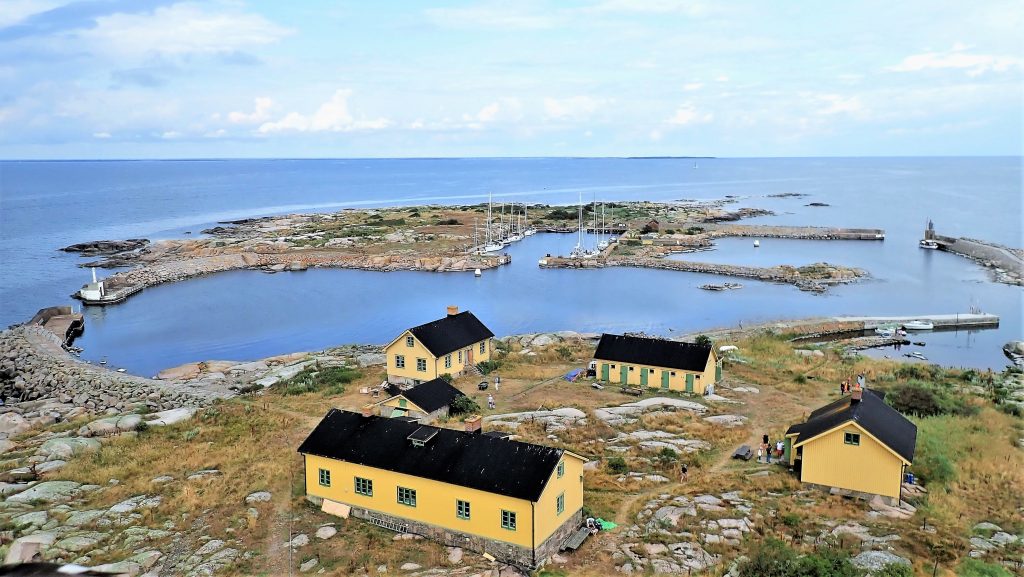
42 nautical miles away from Utklippan, the sailor arrives at Christiansø, the easternmost point of Demark. Originally called Ærtholmene, it’s a small group of skerries lying 10 nm off the coast of Bornholm.
The main island is dominated by the naval fortress from 17th century. With its historical buildings, stonewalls and wild gardens, as well as the rocky shores populated by seals and sea birds, Christiansø evokes a unique atmosphere.
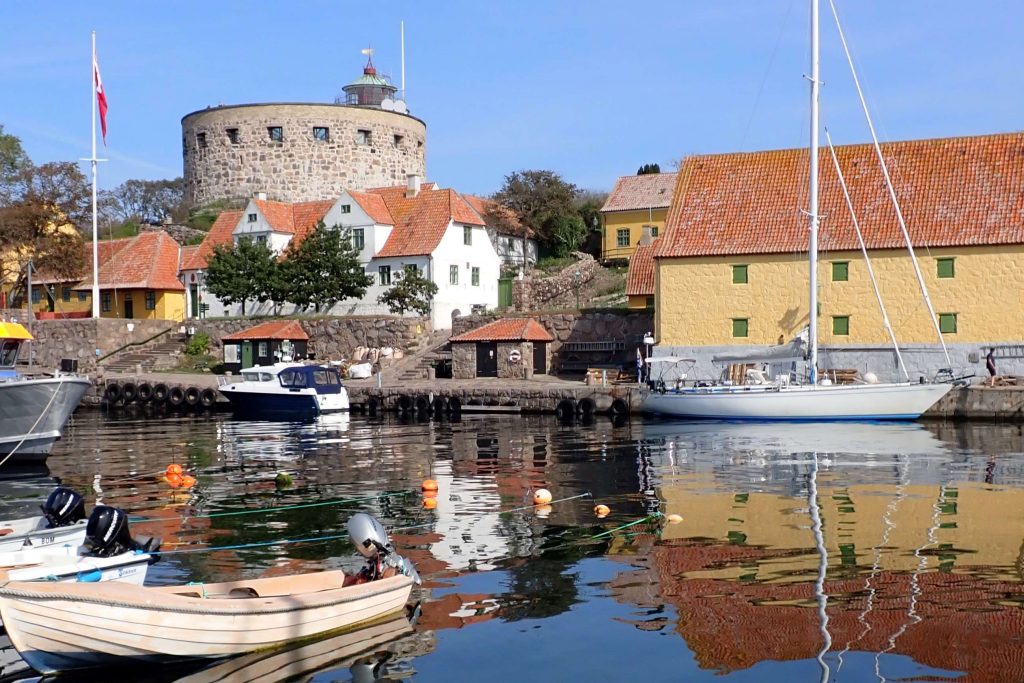
Leaving the Baltic Sea and entering the Sound, one likely feels the temptation of Copenhagen. It’s not only the vivid city that attracts many sailors, but the possibility to take part in its life by mooring in the canals.
Christianhavns Canal, our old favorite, has proved to be too narrow for Ilmatar, but there are many other quays at the sailor’s disposal in the city centre.
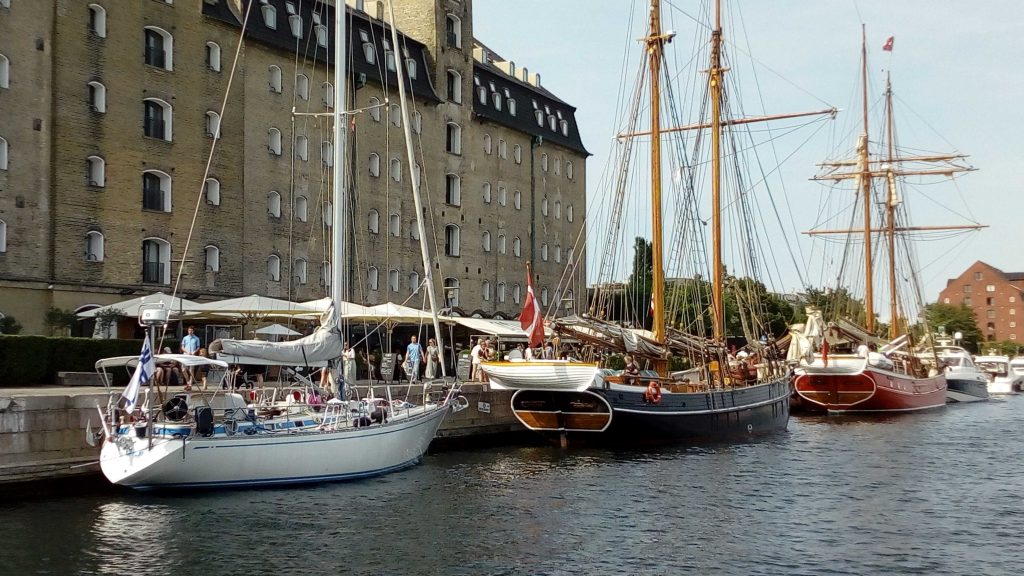
On our first trip with Ilmatar late autumn 2018, we sailed her from her old home port in the Sound to Helsinki. Before and since, we have passed the Sound many times to reach the North Sea and have a taste of the Atlantic waters.
One feels the difference already when entering Kattegat. The water is salty and clear, one starts to notice the tide, and often porpoises are surfacing not far from the boat.
In the middle of Kattegat, the endless sandy beaches of Anholt and Læsø offer some real summer joy in sunny weather. As the water gets relatively warm in this rather shallow sea, one can easily imagine being somewhere much farther south.
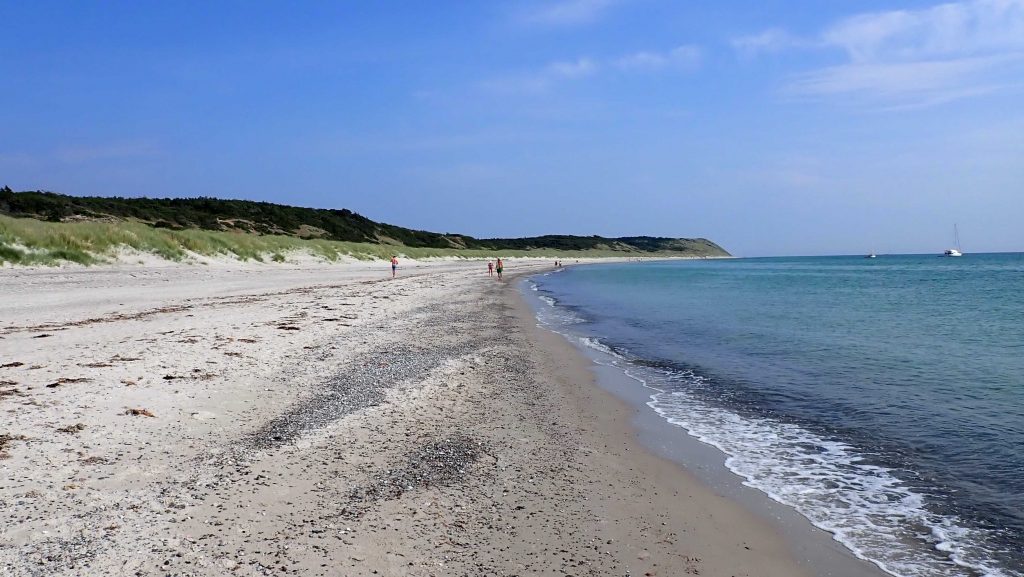
The narrow Limfjord connects Kattegat with the North Sea, passing the city of Aalborg. At its western end lies Thyborøn, an old fishing village and a modern commercial port.
After one has passed the tidal streams of the Thyborøn Canal, there is nothing but the open North Sea. From here, it’s some 235 nm to Terschelling, 415 nm to Inverness, and 270 nm to Bergen.
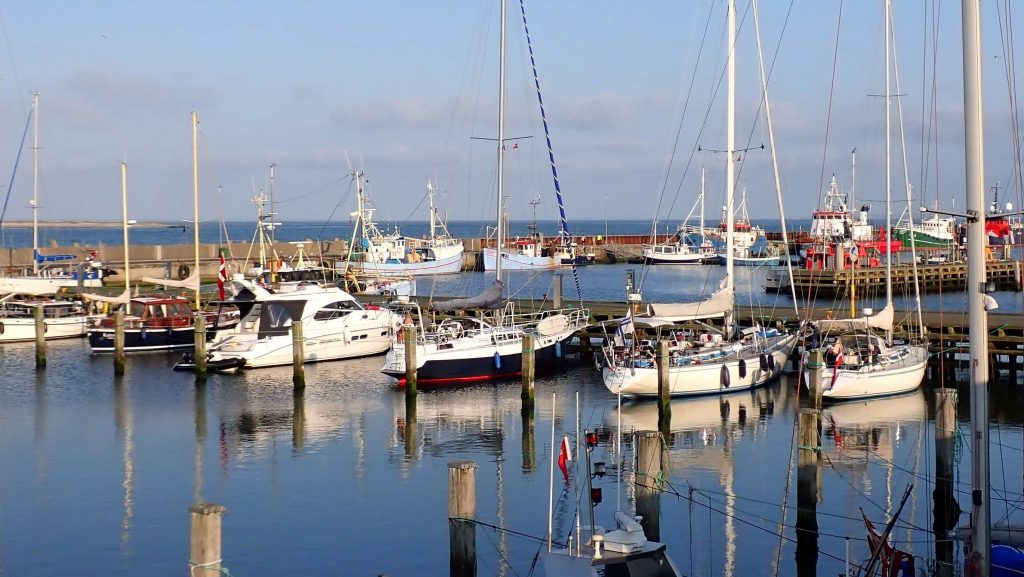
If one wants to visit the Gothenburg Archipelago along the way, or if one is heading directly to Norway, the natural way to the North Sea leads round Skagen and via Skagerrak.
Here, the seas are more often rough, as the westerlies are strengthened south of the Scandes, while the tides run strongly westward closer to the Norwegian coast.
In Skagerrak, the sailor is seldom alone at sea, as they are most certainly followed by tireless fulmars gliding just above the water surface.
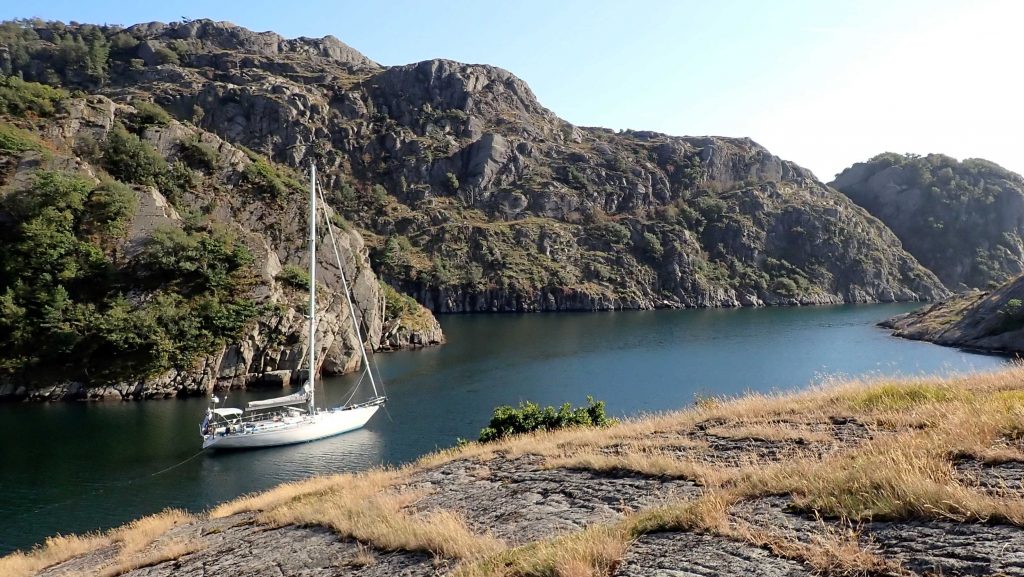
Previously, we cruised the Western Isles of Scotland, the Orkneys, and Shetland as well as Norway with our 35 ft sloop Matilda Gustava. With Ilmatar, we have now sailed the Wadden Sea in the south to the Norwegian fjords in the north.
On these trips, we have been happy to experience the powerful presence of the ocean with dolphins and sea birds. Especially, it is the tides and streams that makes cruising in the North Sea different compared to the brackish waters of the Baltic.
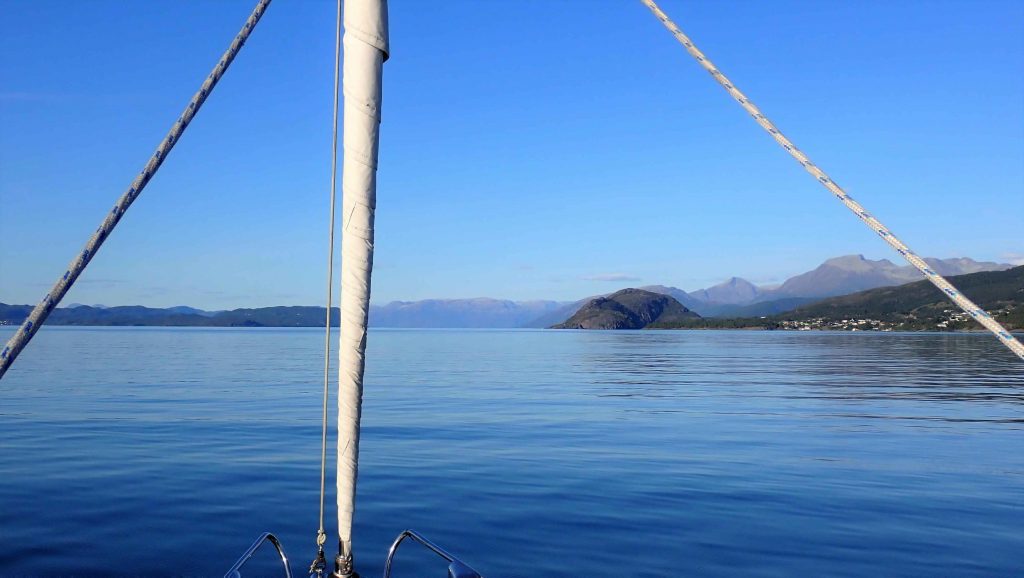
Looking back, I start to realize how much these waters have shaped our lives. I have been sailing here since I was ten years old. My three children – Anni, Joonas, and Ohto – started their maritime lives when they were still babies. Anna-Maria has sailed with me since 2017.
As we are now setting off for longer journeys and leaving our home waters behind for several years, I wanted to present these notes with pictures taken on our first trips with Ilmatar.
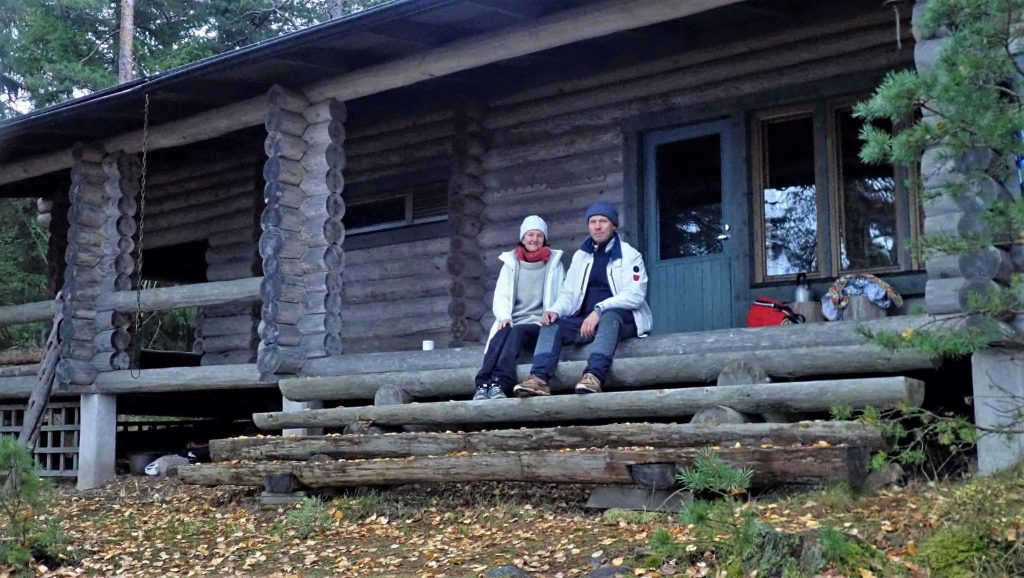
text: Miika Luoto